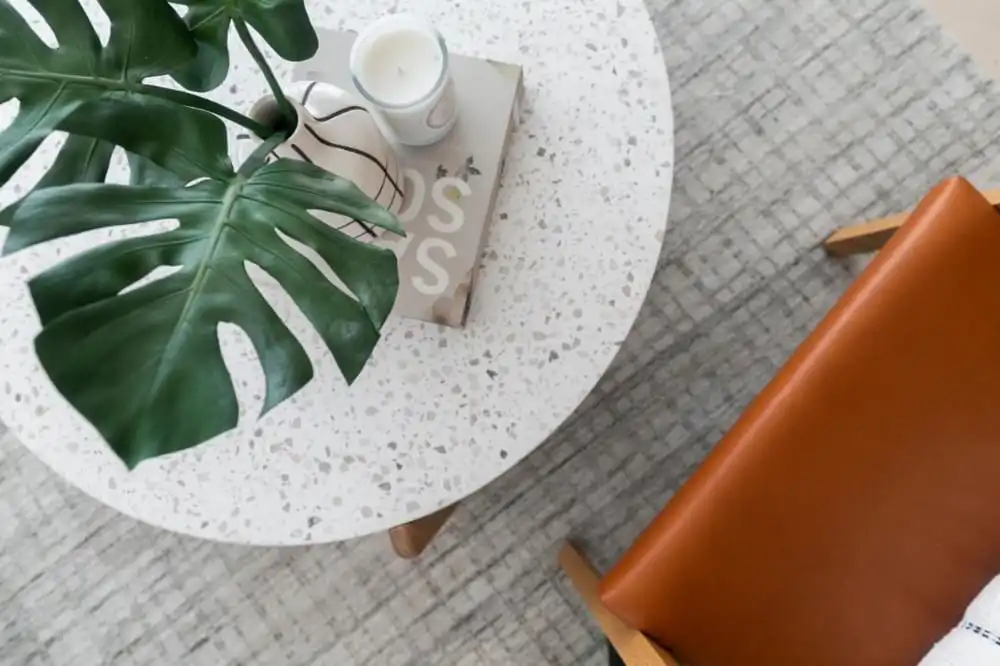Melbourne and VIC property market update - October 2020
With eased restrictions seeing the return of Melbourne private inspections and auctions across the state, the Victorian market has roared back to life.
While Melbourne did experience another month of overall decline, this isn’t the same story across all markets and property types in the state, signalling that the worst may be over. See more in-depth analysis below.
Melbourne market update
Houses
$666,240
Monthly change: -0.3%
Units
$561,881
Monthly change: +0.1%
While Melbourne values have declined overall by a slight -0.2 per cent in October, the rate of decline has significantly eased, slowing since the middle of September which coincides with the resumption of private home inspections across the city.
This is the smallest month-on-month drop since the Covid-19 downturn started back in April.
In addition, while values have declined, this is the smallest month-on-month drop since the Covid-19 downturn started back in April, which is good news for Melburnians.
Auction activity is also bouncing back strongly, from virtually nothing in September to around 600 auctions over the final week of October. This activity has so far continued into November with 660 auctions being scheduled for the weekend ending the 8th of November. According to REIV, the top auction locations for this particular week are Reservoir, Coburg, Northcote and Mount Waverley.
With listings, clearance rates and auction activity increasing, it’s expected that Melbourne will follow the lead of other capital city markets around the country, which means further progress towards a housing recovery in the coming weeks.
Other factors supporting the market include a further Reserve Bank interest rate cut to a new low of 0.1 per cent, which is the lowest in history. Interest rates on new fixed-rate loans have declined by around 65 basis points since February, which is almost double the decline of new variable-rate loans.
This combined with Government fiscal measures and increased consumer confidence is reducing the chances of an economic cliff.
CoreLogic’s Tim Lawless told the Australian Financial Review that buyer demand remains high as new market listings are absorbed quickly.
“We have seen listings numbers remaining low, but that’s more of a by-product of absorption rather than new listings being added to the market being low because we have a seen a pretty decent rise in fresh stock being added to the market, but it is being snapped-up pretty quickly and that just shows a sense of urgency coming back into the marketplace,” he said.
For now, government stimulus and mortgage repayment holidays have prevented distressed sales from hitting the market, but CoreLogic will be monitoring any changes in inventory levels and vendor metrics at a geographically granular level, watching for signs of distressed stock.
CoreLogic has also noted that they remain cautious about inner-city high rise unit precincts in Melbourne, where rental conditions have deteriorated, and supply levels remain high. This combination has resulted in a withdrawal of investors from the market. Vendor discounting to achieve a quick sale could become a hallmark of these markets until rental activity improves and stabilises.
Regional Victoria market update
Houses
$421,409
Monthly change: +0.5%
Units
$296,212
Monthly change: +1.0%
Regional Victoria has outperformed Melbourne, posting an increase of +0.5 per cent growth over October. Units came out on top, recording an increase of +1.0 per cent, while houses recorded an increase of +0.5 per cent.
While over the past three months, regional Victorian values are still down -0.1 per cent, it’s expected that any price falls since March will soon be reversed.
Improved performance in regional Victoria can be put down to a few factors, including a shift to working from home, affordable housing, and buyers looking for properties with more lifestyle factors.
In fact, new ABS internal migration data shows that almost 6,000 people left Melbourne for a new life in regional Victoria in the three months to June 2020, which was the double the numbers seen in the previous quarter.
In addition, while Melbourne was under Stage-4 lockdowns, regional Victoria was under Stage 3 which still allowed for private in-person inspections. This meant that while Melbourne’s market was brought to a halt, regional Victorian properties were still being listed, bought and sold.
According to Domain’s latest House Price Report, the five regional suburbs with the highest annual growth over the past year include:
Euroa - +26.1 per cent
East Geelong - +25.1 per cent
Lorne - +23.9 per cent
Yarrawonga - +20.3 per cent
Myrtleford - +18.6 per cent
According to CoreLogic, the resilience in regional values can be attributed to a variety of factors, but one of the biggest is that regional areas weren’t recording the same growth conditions as capital cities prior to Covid.
“Home values in these markets are often more affordable, and don’t have a high base to fall from,” said Mr Lawless.
Victorian rental market update
The difference between house and unit rental performance is most significant in Melbourne, where for the period March 31 to October 31 has seen a change in house rents of -1.1 per cent, and unit rents declining by -6.6 per cent.
Tim Lawless says this divergence can be explained by a combination of supply and demand factors, stating that Melbourne has a history of significant supply additions to the high-rise unit sector where the large majority of properties are owned by investors.
In terms of demand, Mr Lawless notes that, “the evaporation of overseas migrants, including foreign students, has led to a sudden and material drop in the number of renters requiring accommodation.”
“Additionally, weaker labour market conditions across industries where workers are more likely to rent than in any other sector have further impacted rental demand,” he said.
The outlook moving forward
Most major bank economists have revised their house price forecasts down, and are expecting a strong rebound in the second half of 2021.
AMP Capital Chief Economist Shane Oliver has warned that the market could be artificially propped-up by government support and that a rebound in sales activity is more a reflection of pent-up demand, rather than a glimpse of what’s to come.
He said that while low rates, higher consumer confidence and fiscal support could push prices up in the coming months, the outlook for next year remains uncertain. He expects property prices in smaller cities and regional areas to do better than their city counterparts.
According to Managing Director of SQM Research Louis Christopher, it’s also important to be careful when interpreting sales data, given that we are going through a period of lower-than-usual sales activity.
He acknowledges that Melbourne has a lot of challenges ahead, given the impact of a second wave on the lockdown on the economy, which can have a knock-on effect on house prices.
"The darker scenario of a house price crash has now been averted."
However, he has gone on the record with the Sydney Morning Herald to say that from a national perspective, “the darker scenario of a house price crash has now been averted.”
Distressed sales have so far not hit the market. If they were to flood the market, we would expect to see a negative impact on house prices. However, unemployment has disproportionately impacted lower-income households and younger Australians who are less likely to be homeowners.
Buyer demand is also expected to continue, given first home owner concessions, record low interest rates, and relaxed lending standards which are expected to come into effect in March of next year.








